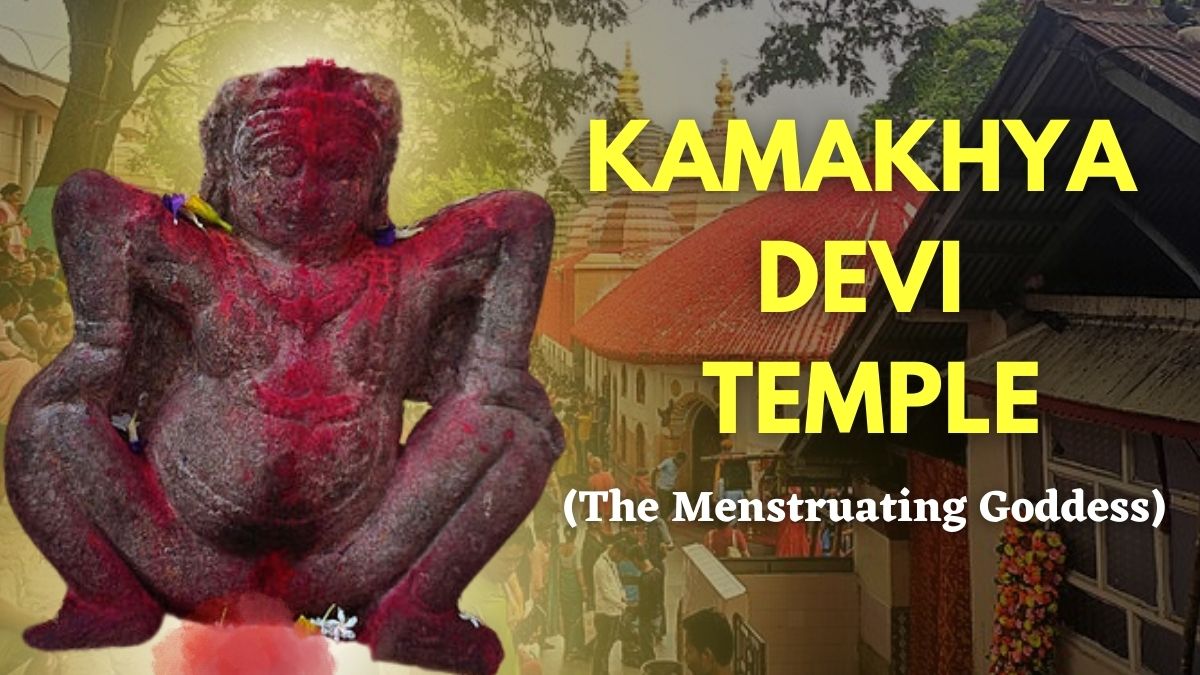- By Kashish Rai
- Mon, 16 Oct 2023 03:57 PM (IST)
- Source:JND
The Kamakhya Temple Guwahati, which is situated in the Nilachal Hills on the western side of the city, is arguably its most famous monument and should be on every devotee’s itinerary. The temple is devoted to Goddess Kamakhya and is one of the 51 Shakti Peeths that are the oldest. The temple complex consists of numerous separate temples, each of which represents one of the 10 Mahavidyas of Saktism. The temple not only appeals to Tantric worshippers but also draws hordes of Hindu pilgrims from all around the nation. It is the location where Sati's genitals, or yoni, fell when Lord Shiva performed his tandava with Devi Sati's burnt corpse. Let us check out some unknown and interesting facts about the Kamakhya Devi Mandir further.
5 Unknown Facts About Kamakhya Devi Mandir
1. The Menstruating Goddess - The goddess has a menstrual period or bleeds during the month of Ashaad. The Brahmaputra river close to Kamakhya temple turns red at this point in time. Holy water is then provided to Kamakhya Devi followers when the temple is closed for three days. Scientific evidence that the blood causes the river to turn red does not exist. Some claim that the priests dye the waters with vermillion. However, menstruation is a symbol of a woman's creativity and ability to give birth, therefore the Kamakhya deity and temple honour the "Shakti" or power that exists within each and every woman.
2. Self-Manifested Object Of Worship - Owing to the divine creation, the Kamakhya Devi temple is special and unique. As a sign of adoration, there is only Kamakhya cosmic yoni or vagina in self-manifestation form as an intrinsic cleft in the rock. Matra yoni, a ten-inch-deep rock fissure shaped like a vagina, is continually offered water from an underground spring. It is dressed as the goddess Kamakhya, with silk sarees and fresh flowers.

The Kamakhya Devi Mandir is one of the most prominent Shakti Peethas of Devi Shakti. (Image Source: Wikimedia Commons)
3. One Of The Major Maha Shakti Peethas - Among the 108 Shakti Peethas, the Kamakhya temple is one of the oldest, with a history that dates back to the eighth century. In the sixteenth century, King Nara Narayana of Cooch Behar had it renovated. Since then, it has undergone multiple renovations once more, with the earliest record being that of Rudra Singha's eldest son Siba Singha, who gave Mahant Krishnaram Bhattacharyya leadership and oversaw the renovations.
4. Has No Deity Statue Or Image - There are no Goddess Durga statues or idols in this temple. Instead, the temple has a flower-filled pool that is always open. This pool's water continuously drains while remaining intact with divine energies.
Also Read: What Is Durga Saptashati And What Are The Benefits Of Reciting It? Know Here
5. Famous For Tantricism (Black Magic) - Kala Jaadu, Tantric Vidya, or Black magic is well known in the Kamakhya Temple. The Tantrik Vidya was developed by Lord Shiva as a means of approaching God, but certain avaricious individuals now employ its power for their own gain. The top location for Tantra, Kamakhya, attracts tens of thousands of mystics each year. The Ambubaski Mela is a gathering place and a chance for people to show off their psychic abilities by standing for hours on one leg or by standing with their heads buried in a pit.
(Disclaimer: This is based on general public information. Jagran English does not confirm its veracity. Before adopting any measures, consult an expert from the relevant field.)

